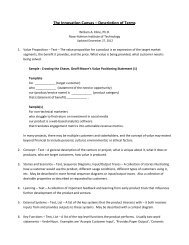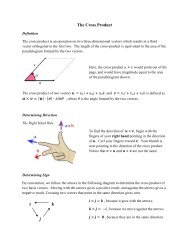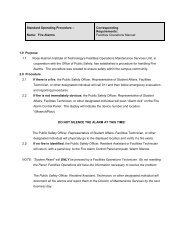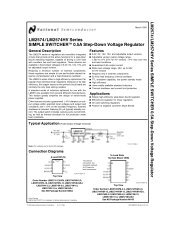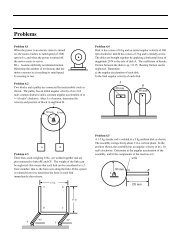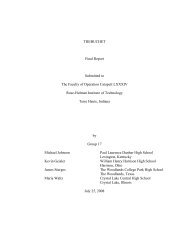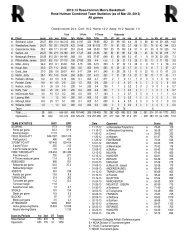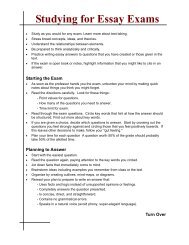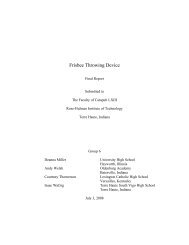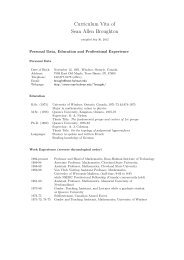21 Photosynthesis (Carbon Assimilation) The light ... - Rose-Hulman
21 Photosynthesis (Carbon Assimilation) The light ... - Rose-Hulman
21 Photosynthesis (Carbon Assimilation) The light ... - Rose-Hulman
Create successful ePaper yourself
Turn your PDF publications into a flip-book with our unique Google optimized e-Paper software.
O<br />
O<br />
O<br />
P<br />
O<br />
O<br />
P<br />
O<br />
O<br />
O<br />
HO<br />
H<br />
H<br />
CH 2<br />
O<br />
C C<br />
O<br />
C OH<br />
C<br />
H 2 C<br />
OH<br />
OH<br />
2-Carboxyarabinitol-<br />
1-phosphate<br />
CH 2<br />
O<br />
HO C C<br />
O<br />
C O<br />
H C OH<br />
H 2 C O<br />
O P O<br />
O<br />
-Ketoacid<br />
intermediate<br />
Thus, rubisco is inactive: 1) when bound to an inhibitor, 2) when bound to its<br />
ribulose-1,5-bisphosphate substrate if the enzyme is not covalently modified by<br />
carbon dioxide, and 3) in the absence of Mg 2+ .<br />
Rubisco is active: 1) when Lys 201 is carbamoylated, 2) when bound to Mg 2+ , 3)<br />
when 2-Carboxyarabinitol 1-phosphate has been degraded by <strong>light</strong>-dependent<br />
enzymes, and 4) under the conditions of elevated pH that occur when the<br />
chloroplast is exposed to <strong>light</strong>.<br />
Fructose bisphosphatase and sedoheptulose bisphosphatase, two of the<br />
irreversible enzymes of the regeneration pathway are also stimulated by elevated<br />
pH and elevated Mg 2+ concentration. In addition, these enzymes contain a pair of<br />
cysteine residues that are critical for activity. In the absence of <strong>light</strong>, the enzymes<br />
become oxidized, and form a disulfide bond between the cysteine side-chains.<br />
Illumination of the chloroplast results in reduction of the soluble ferredoxin (a<br />
protein found in the electron transport chain involved in NADPH production).<br />
Reduced ferredoxin can donate electrons to thioredoxin (a process catalyzed by<br />
thioredoxin reductase). <strong>The</strong> reduced thioredoxin then reduces the disulfide bonds of<br />
fructose bisphosphatase and sedoheptulose bisphosphatase to free sulfhydryl groups<br />
in order to activate these enzymes. <strong>The</strong>se enzymes are therefore activated indirectly<br />
by <strong>light</strong>.<br />
Photorespiration<br />
Rubisco, in addition to its critically important carboxylase activity, is capable of<br />
using oxygen as a substrate in place of carbon dioxide. This results in oxygenase<br />
activity (hence the “o” in the word “rubisco”). <strong>The</strong> product of the oxygenase activity<br />
must then be converted back to Calvin cycle intermediates by the poorly named<br />
“photorespiration pathway”.<br />
Copyright © 2010-2011 by Mark Brandt, Ph.D.<br />
30





